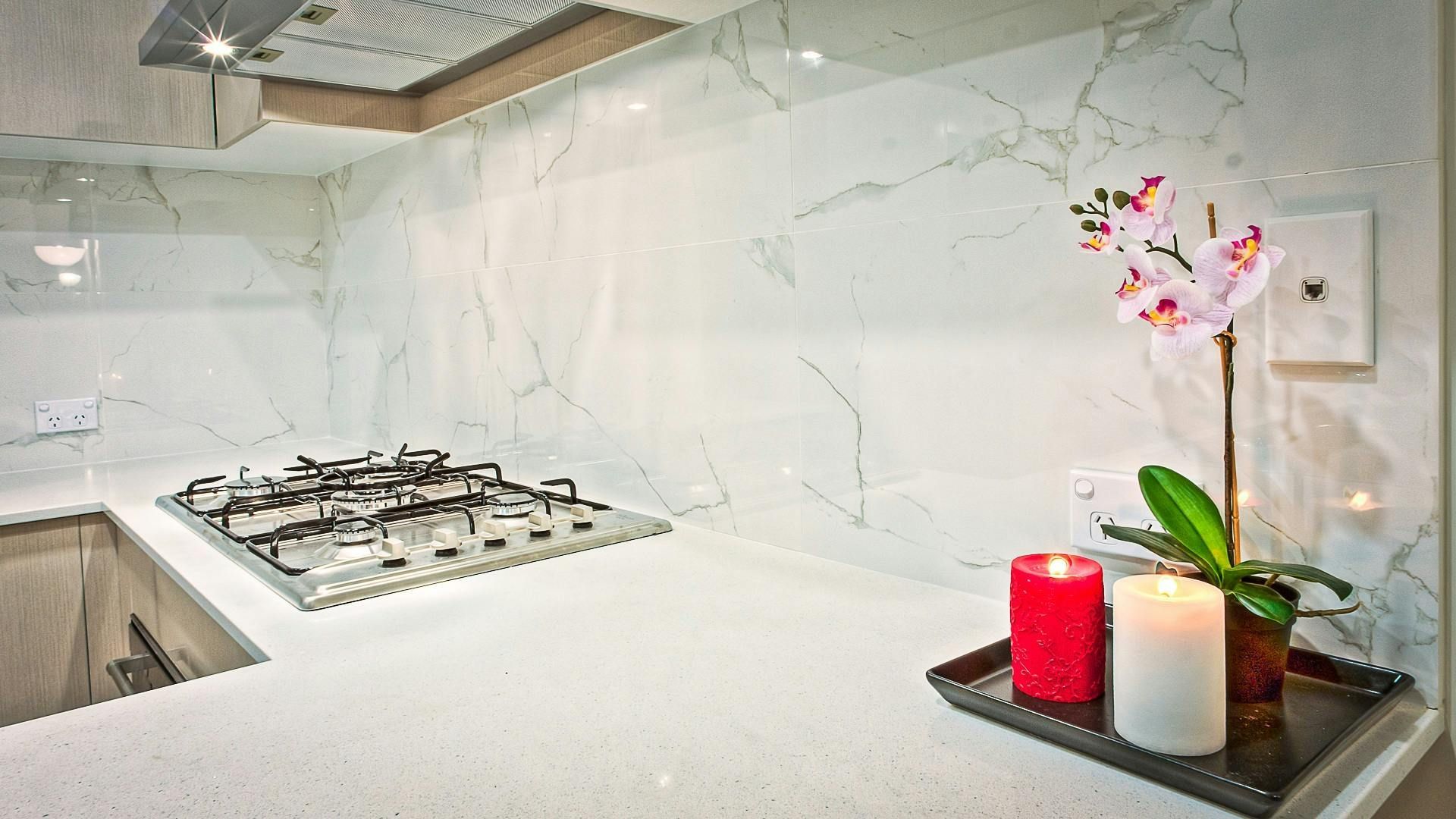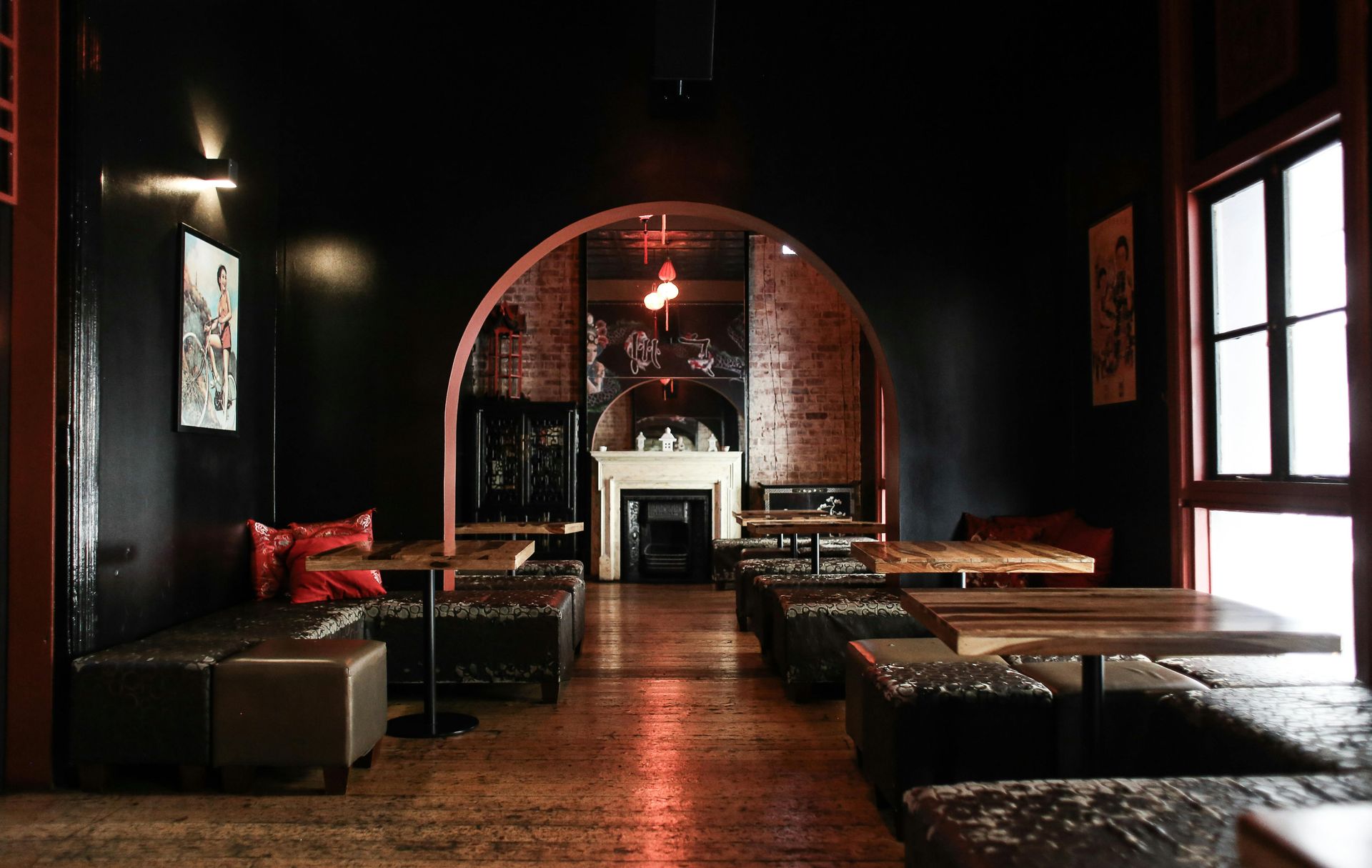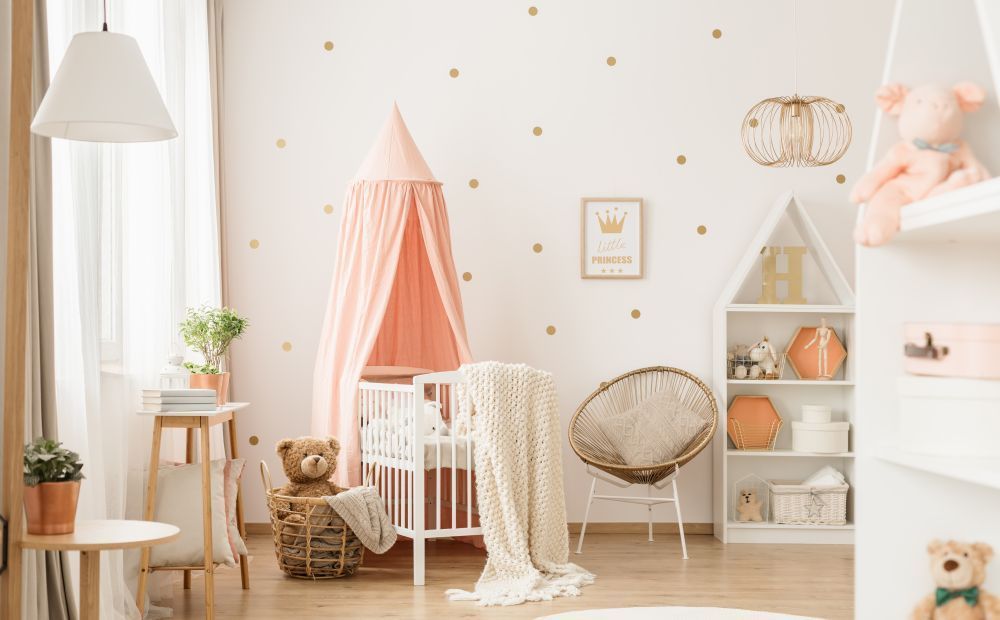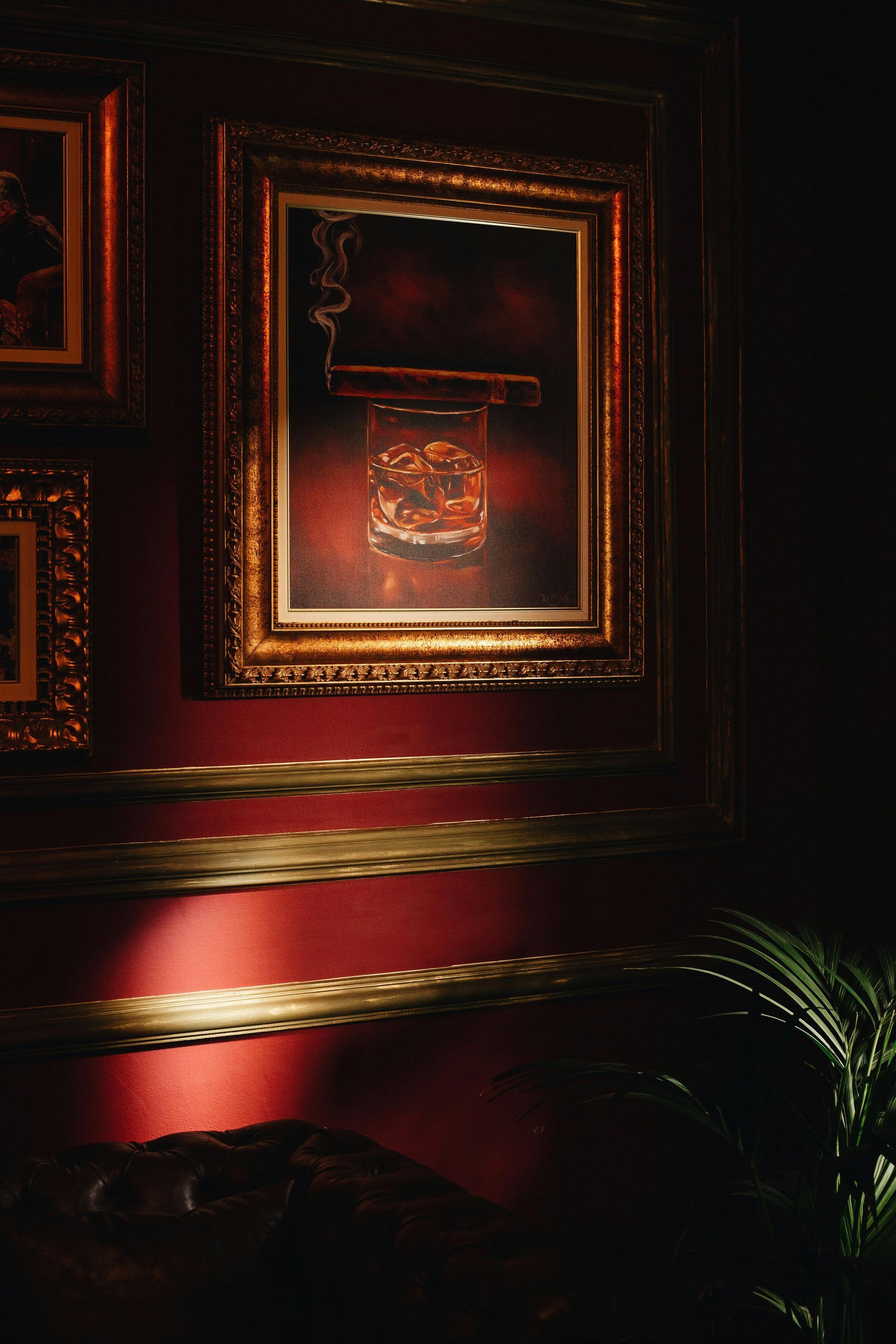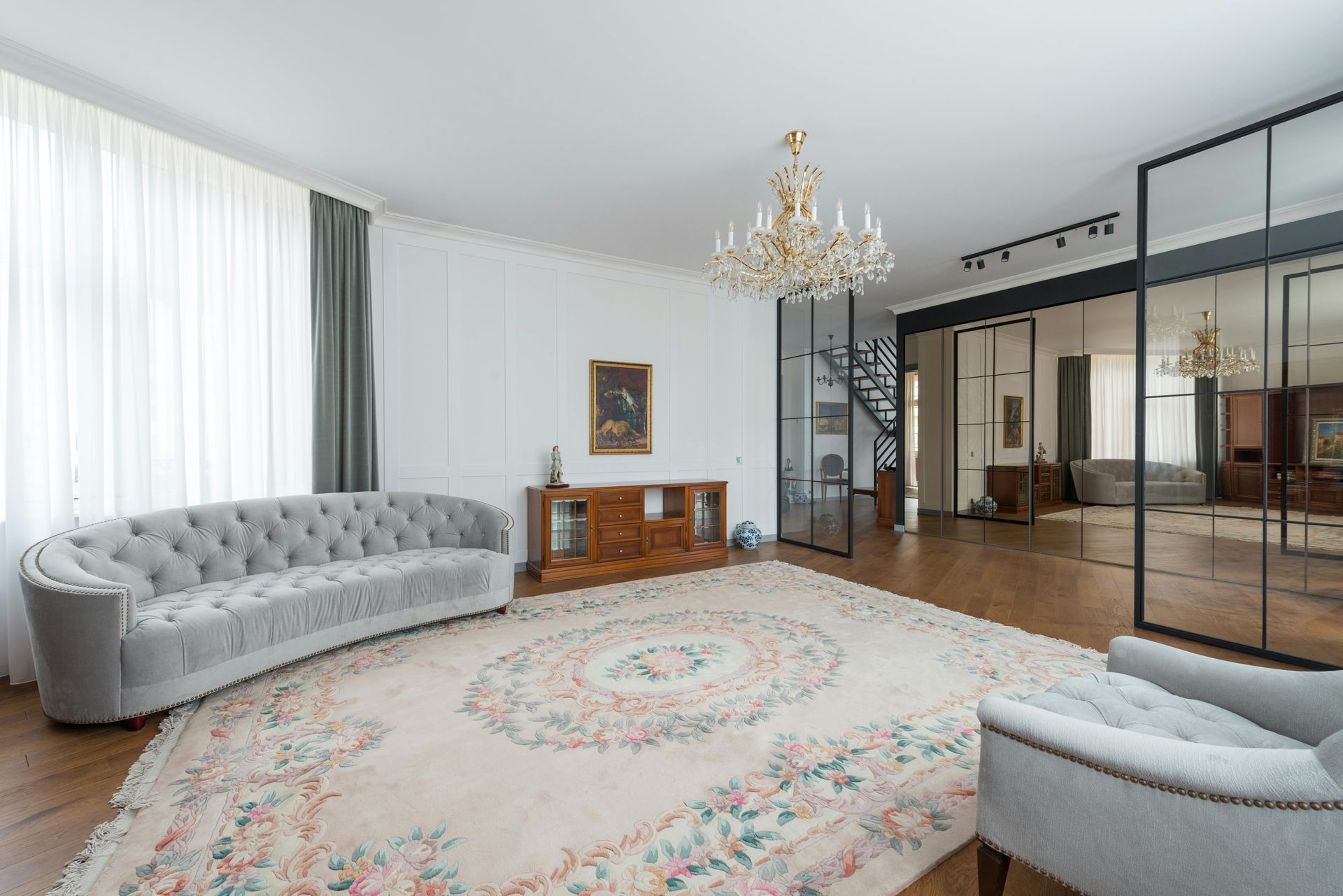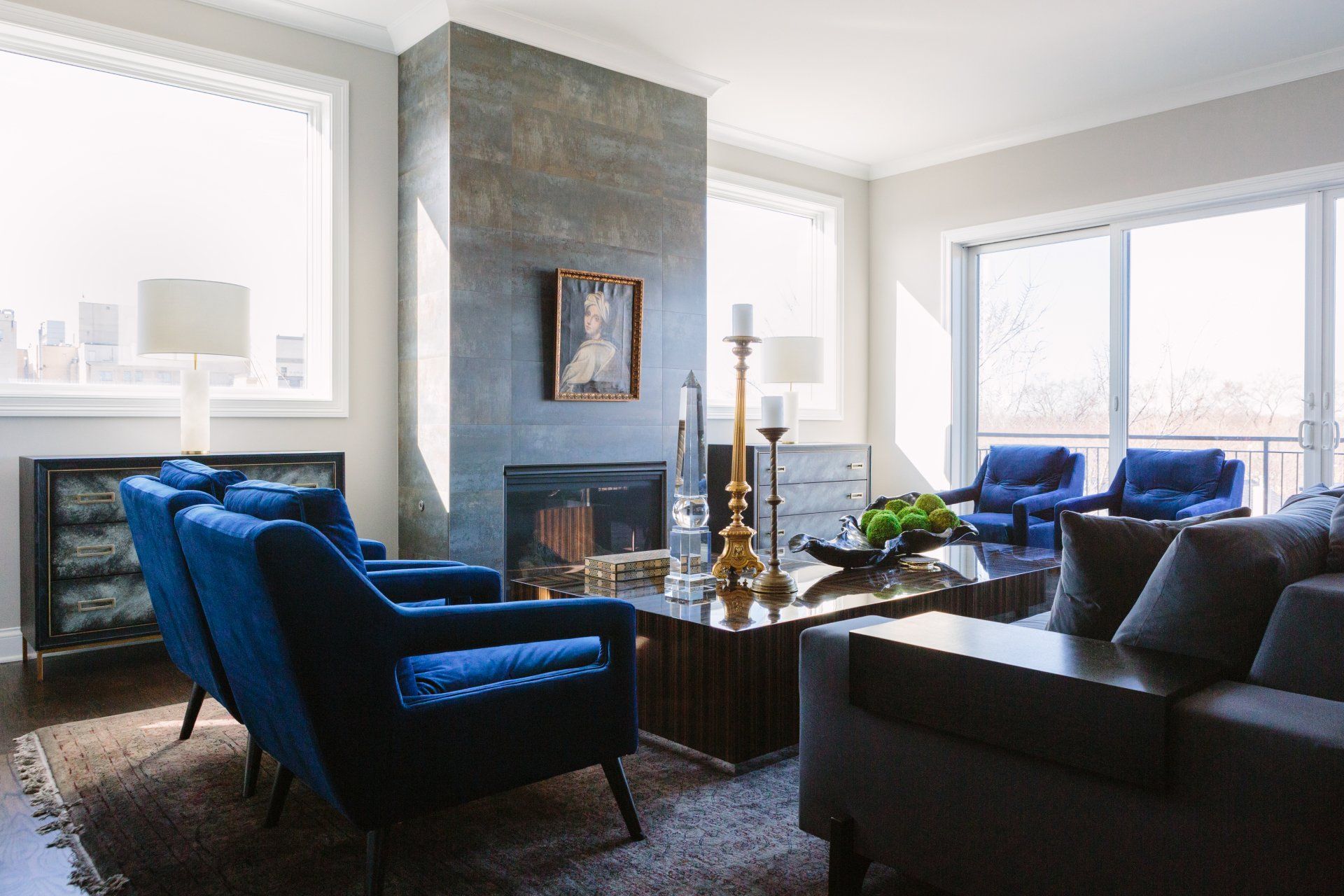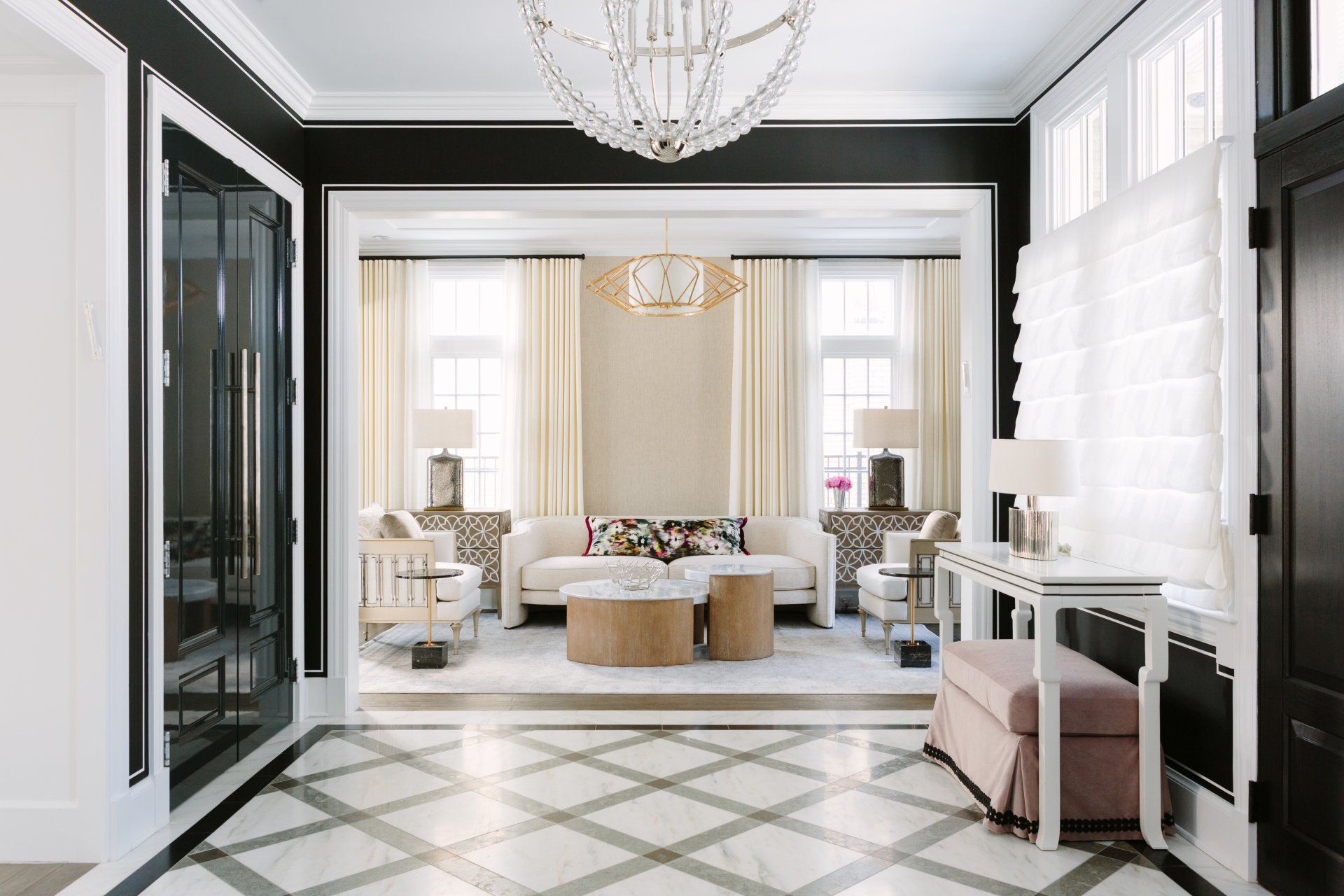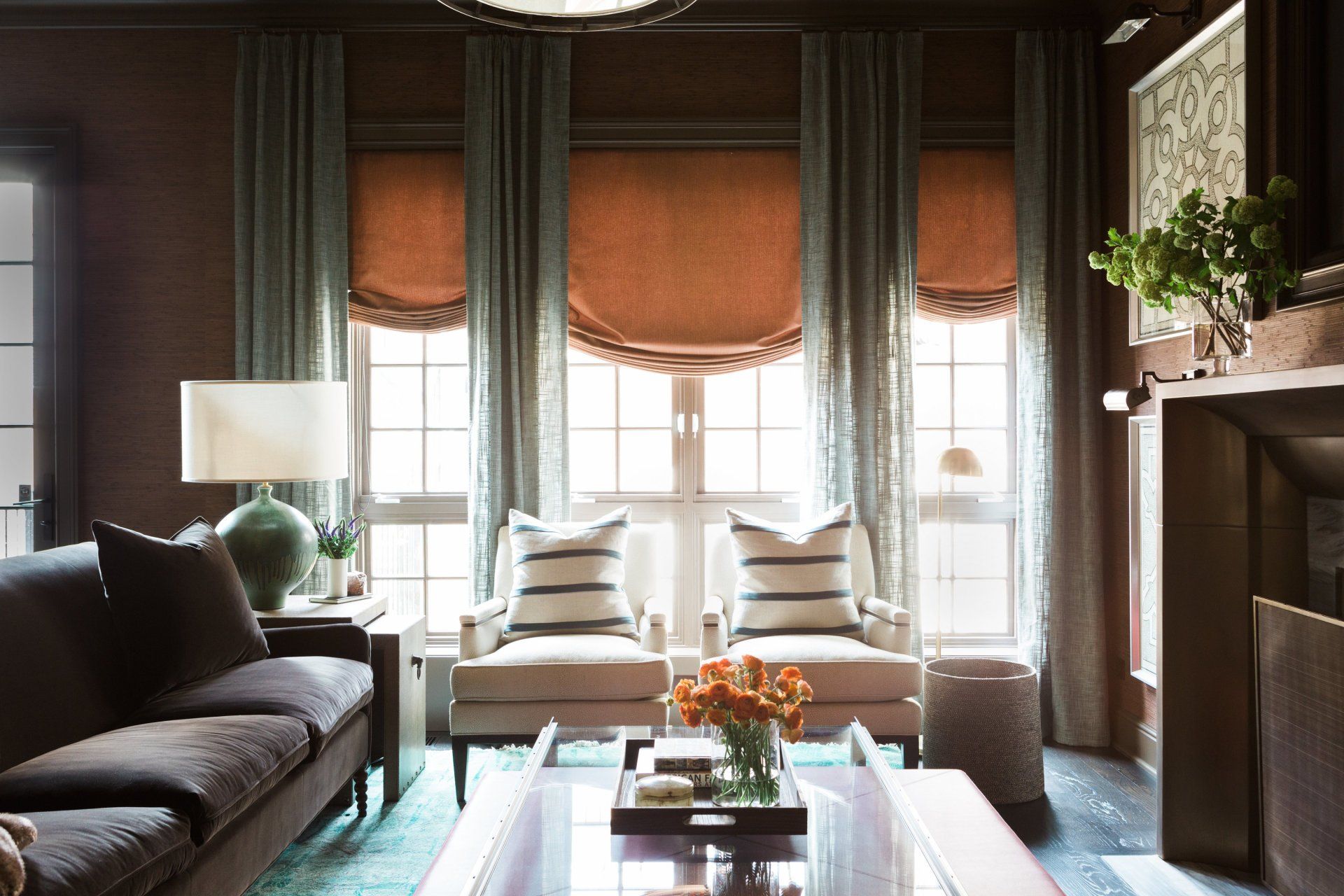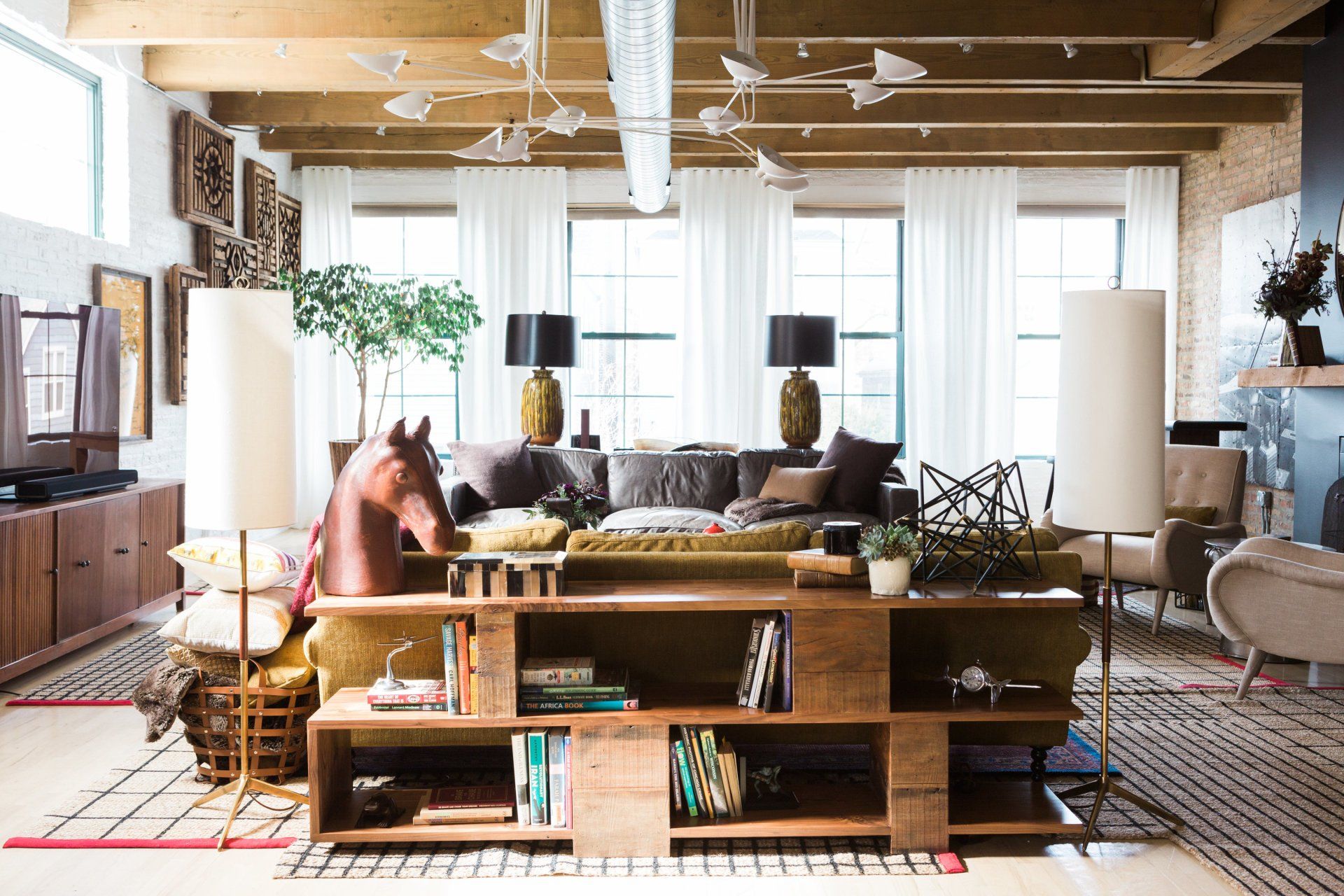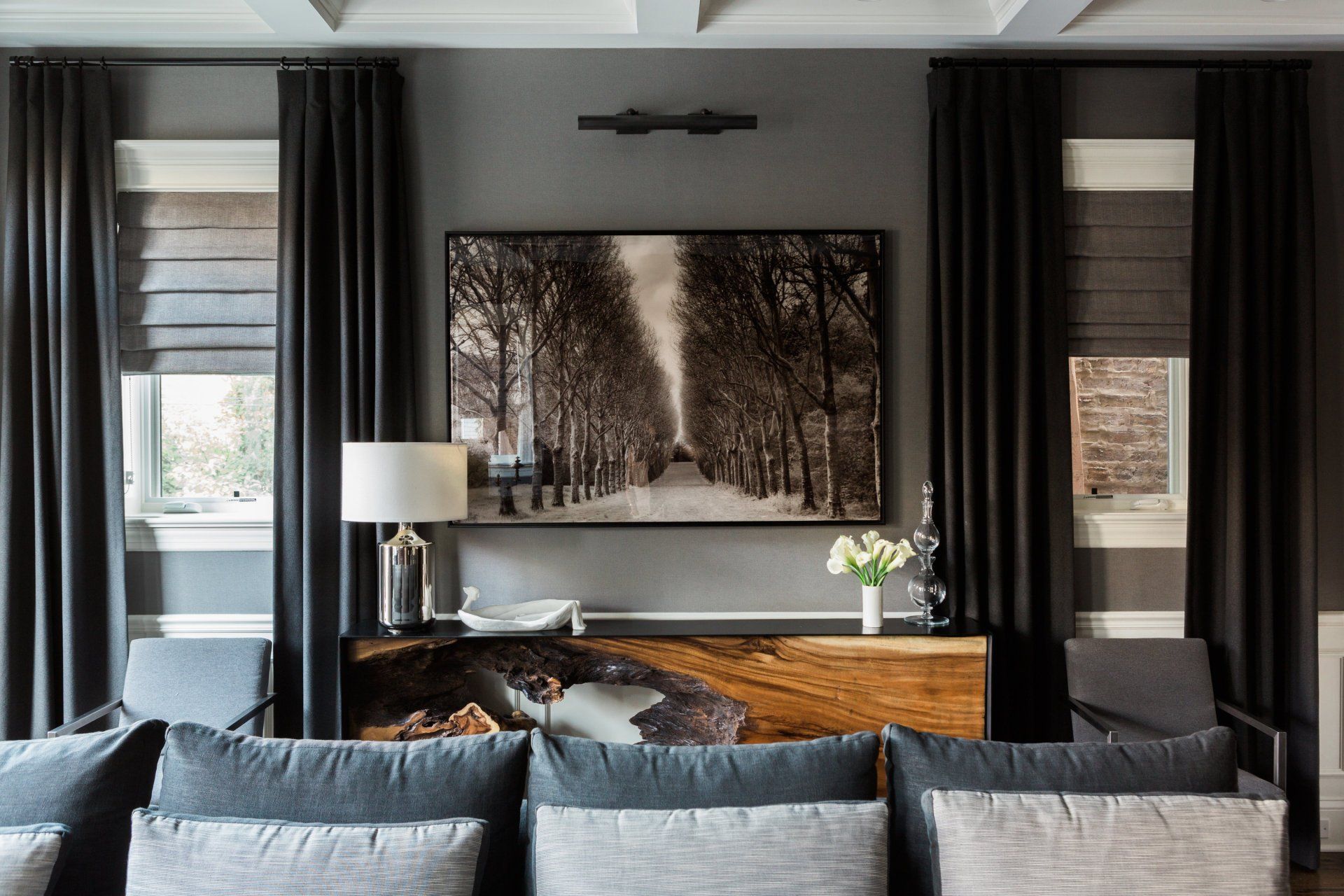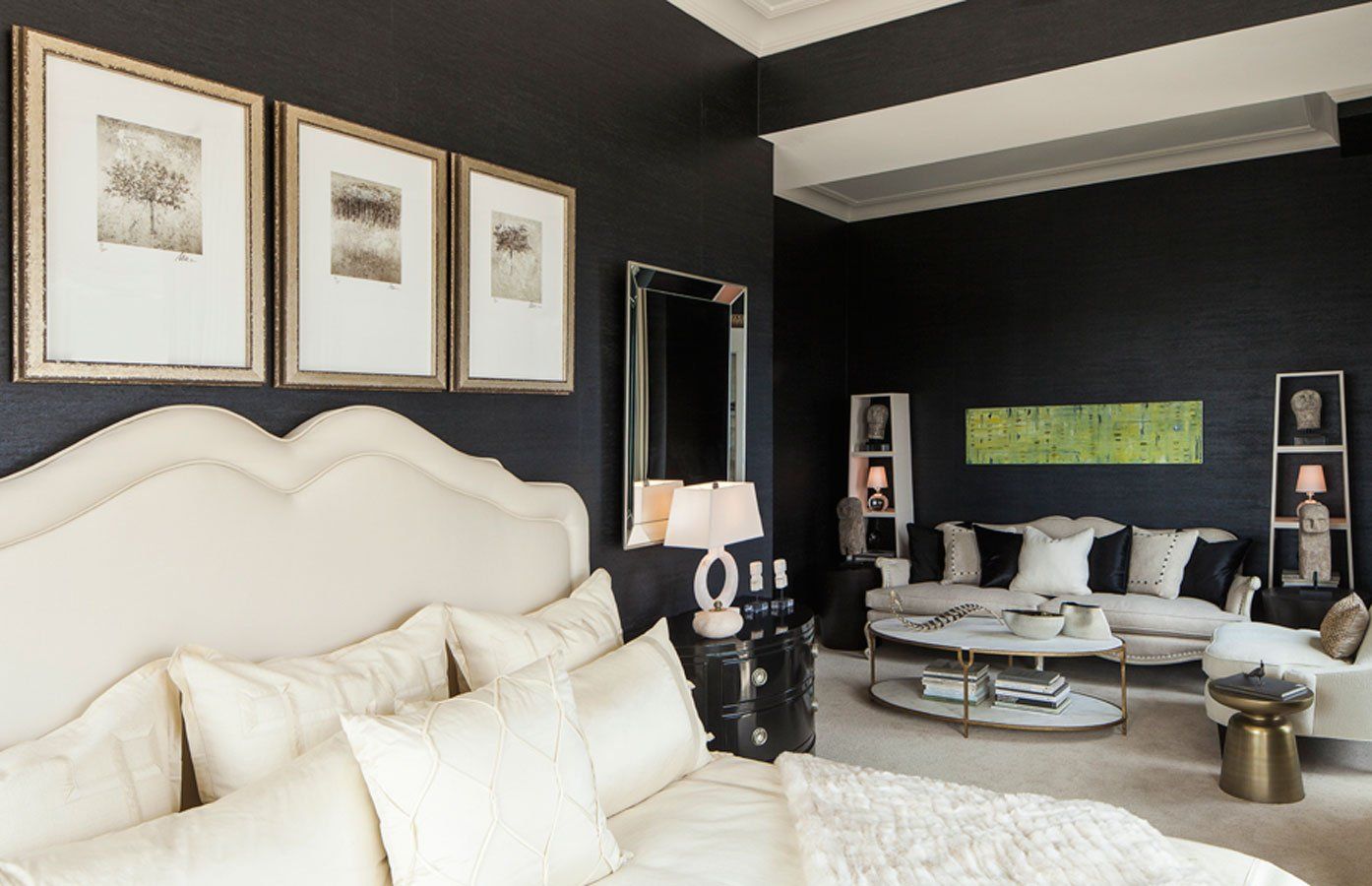The Role of Lighting in Interior Design: How to Illuminate Your Space Effectively
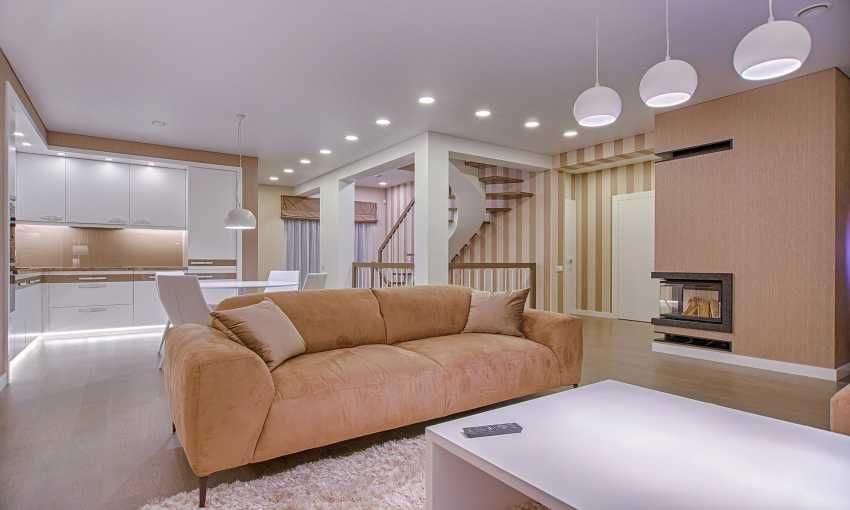
Lighting is often an overlooked aspect of interior design. Yet, it plays a pivotal role in transforming a space from ordinary to extraordinary. Interior design lighting is more than just illuminating a room; it's about creating ambiance, enhancing aesthetics, and optimizing functionality. Let's delve into the world of lighting and explore how you can harness its power to create stunning spaces.
Understanding the Importance of Interior Design Lighting
Before diving into the nitty-gritty of lighting design for homes, let's understand why it matters.
Sets the Mood
Lighting can drastically alter the atmosphere of a room. Soft, warm lights create a cozy ambiance, while bright, cool lights evoke energy and focus.
Highlights Architectural Features
Strategic lighting can accentuate unique architectural elements, adding depth and dimension to your space.
Enhances Decor
Lighting can make your decor pop. It can highlight artwork, sculptures, or other decorative pieces.
Improves Functionality
Proper interior design lighting is essential for tasks like reading, cooking, or working.
Types of Interior Design Lighting
There are primarily five types of lighting:
Ambient Lighting
Ambient lighting provides the foundational illumination for a room, casting a general glow throughout the space. It sets the overall mood and visibility. Common choices for ambient lighting include chandeliers, which offer a central, decorative light source, and recessed lights that provide even distribution. Pendant lights, suspended from the ceiling, can also serve as stylish ambient lighting options.
Task Lighting
Task lighting focuses intently on specific areas where activities like reading, cooking, or working occur. It ensures adequate visibility for detailed tasks. Desk lamps offer direct illumination for work surfaces, while under-cabinet lights illuminate countertops for meal preparation. Spotlights can be directed towards particular areas, such as a reading nook, to provide concentrated light.
Accent Lighting
Accent lighting draws attention to specific features within a room, enhancing their visual impact. Artwork, plants, or architectural details can benefit from accent lighting. Track lights offer flexibility in directing light towards desired focal points, while spotlights can create dramatic highlights. Wall sconces provide ambient light while also accentuating wall decor.
Mood Lighting
Mood lighting cultivates ambiance and atmosphere, transforming a space through light. Dimmers allow for adjusting light levels to create desired effects, from intimate to energetic. Candles introduce a warm, romantic glow, while string lights add a festive or whimsical touch. Mood lighting sets the tone for relaxation, entertainment, or special occasions.
Decorative Lighting
Decorative lighting marries function with aesthetics, serving as both a light source and a design element. Unique chandeliers can be focal points, while pendant lights with distinctive shapes or finishes add personality. Wall sconces with artistic elements contribute to a room's overall decor. Decorative lighting allows for expressing personal styleand creating visually captivating spaces.
Effective Lighting Tips
-
Layer Your Lighting: Combining different types of lighting creates depth and interest.
-
Consider the Room's Function: The type of lighting you choose should align with the room's purpose. For example, a living room might require a mix of ambient and mood lighting, while a kitchen needs ample task lighting.
-
Pay Attention to Color Temperature: The color temperature of light bulbs affects the mood of a space. Warm white lights create a cozy atmosphere, while cool white lights are energizing.
-
Dimmers Are Your Friends: Dimmers allow you to adjust the light level to suit different occasions and times of day.
-
Experiment with Placement: Play around with different lighting placements to see how they affect the look and feel of the room.
Lighting Design for Homes
Let's explore how to apply these principles to different rooms:
-
Living Room: Combine ambient lighting from a chandelier or pendant light with accent lighting to highlight artwork or a fireplace. Add floor lamps or table lamps for task and mood lighting.
-
Bedroom: Prioritize soft, warm lighting for relaxation. Use bedside lamps for reading and consider accent lighting for a headboard or artwork.
-
Kitchen: Focus on task lighting for countertops and cooking areas. Use under-cabinet lights for added convenience. Ambient lighting can be provided by recessed lights or pendant lights.
Takeaway
Lighting possesses the remarkable ability to transform a space, evoke emotions, and enhance functionality. By understanding the different types of interior design lighting and their roles, you can create spaces that are not only visually appealing but also comfortable and inviting.
Remember, the key to effective lighting lies in balancing our effective lighting tips and experimentation. Don't be afraid to mix and match different light sources, play with placement, and adjust the intensity to achieve your desired atmosphere.FAQs
How do I choose the right light bulbs for my home for interior design lighting?
Consider the type of light bulb (incandescent, LED, halogen), wattage, color temperature, and the bulb's shape and size. LED bulbs are energy-efficient and offer various color temperatures.
Can I use too much light in a room when it comes to interior design lighting?
Yes, excessive lighting can create a harsh and uncomfortable environment. It's essential to maintain a balance between different lighting types.
How can I improve the lighting in a dark room?
Use lighter colors on walls and ceilings to reflect light. Incorporate mirrors to enhance brightness. Add more light sources, such as floor lamps or wall sconces.
What is the best way to light artwork?
Use accent lighting to highlight artwork without creating glare. Consider track lights or spotlights aimed directly at the piece.
How can I create a cozy atmosphere with lighting?
Opt for warm white light bulbs, dim the lights, use candles or string lights, and layer different light sources for a cozy ambiance.
